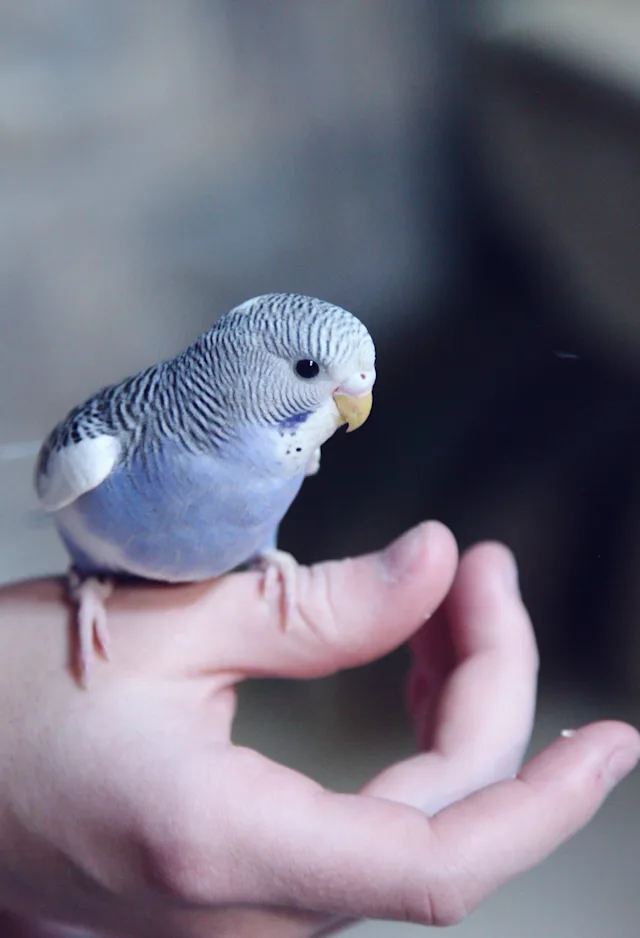Martindale Animal Clinic
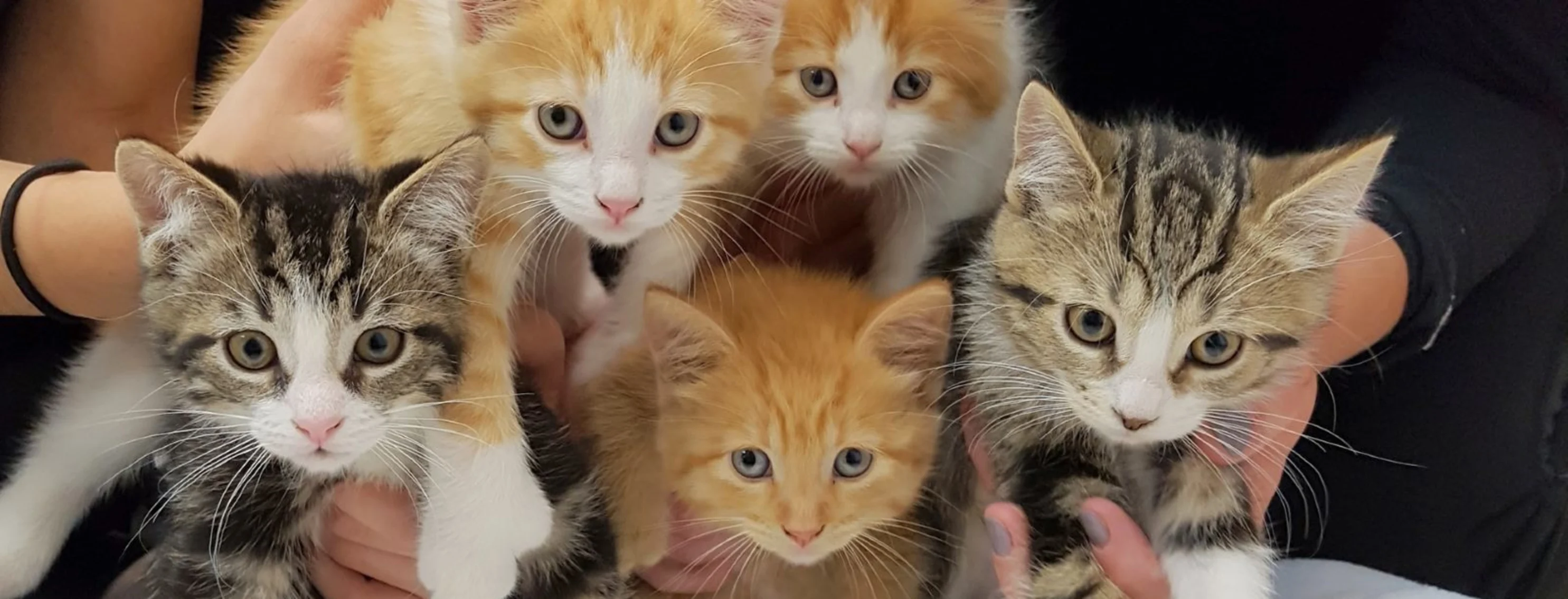
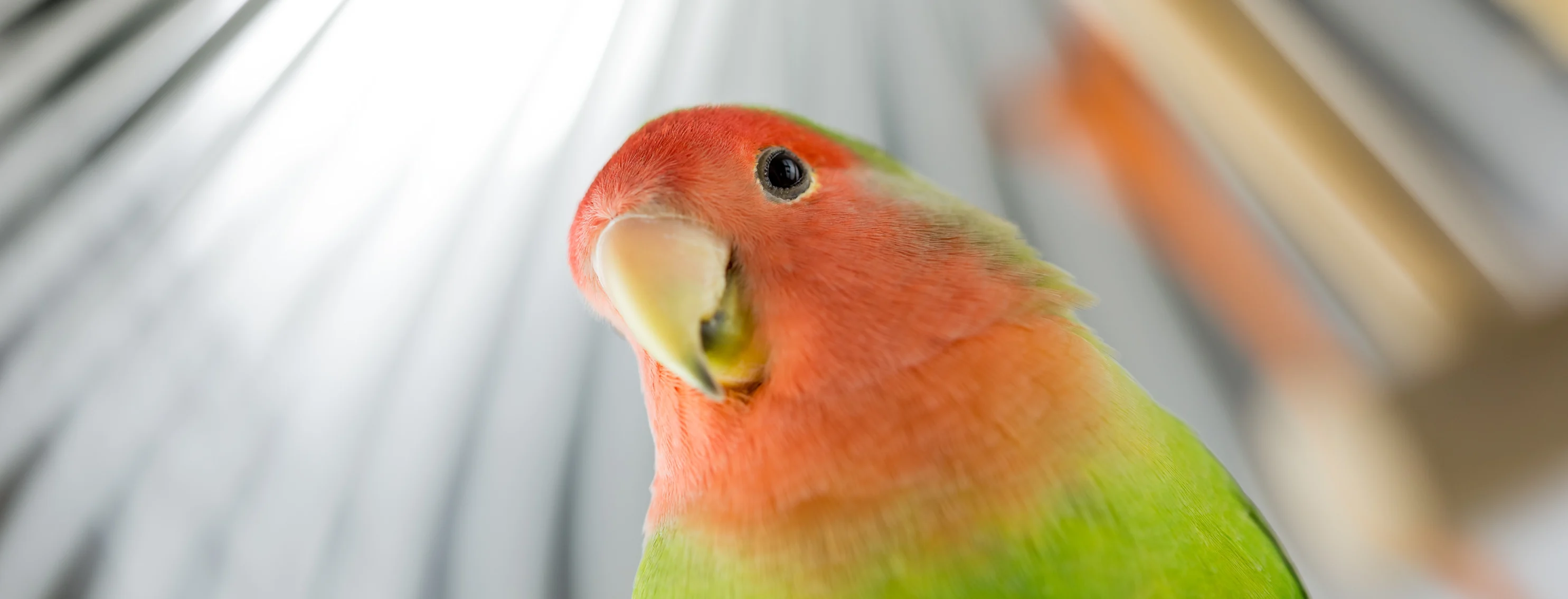
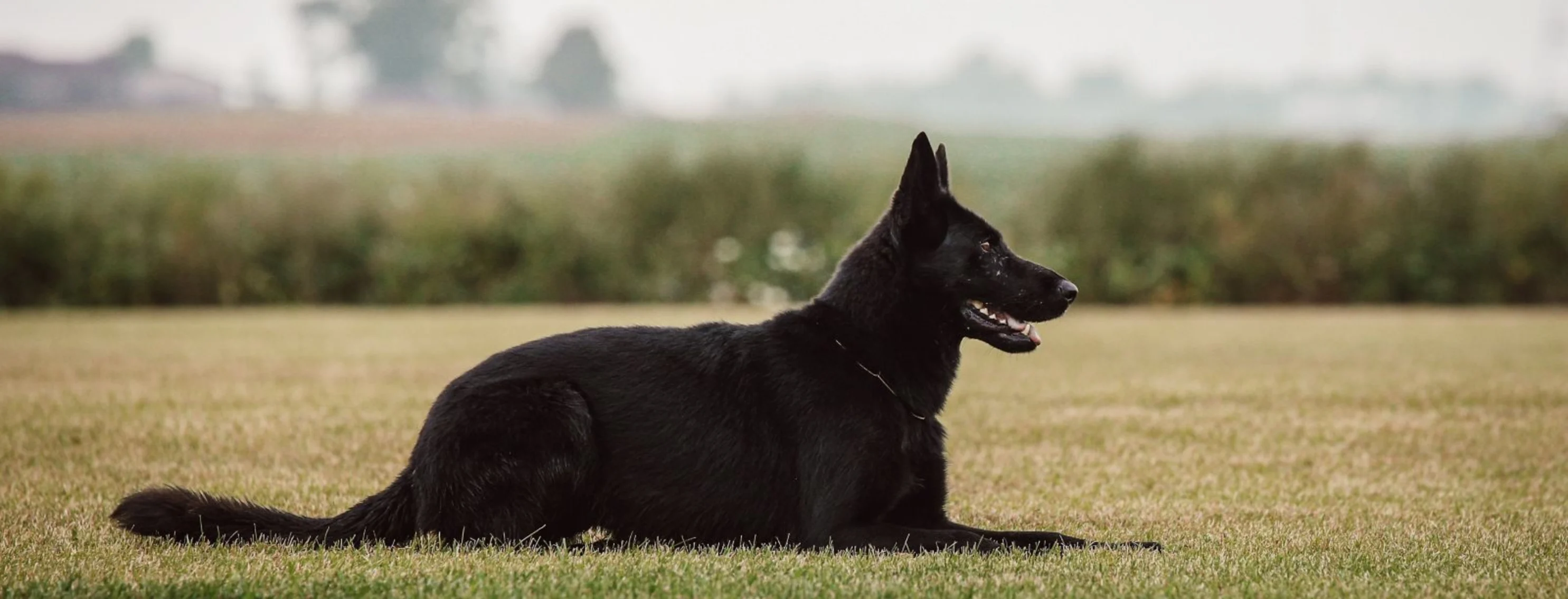
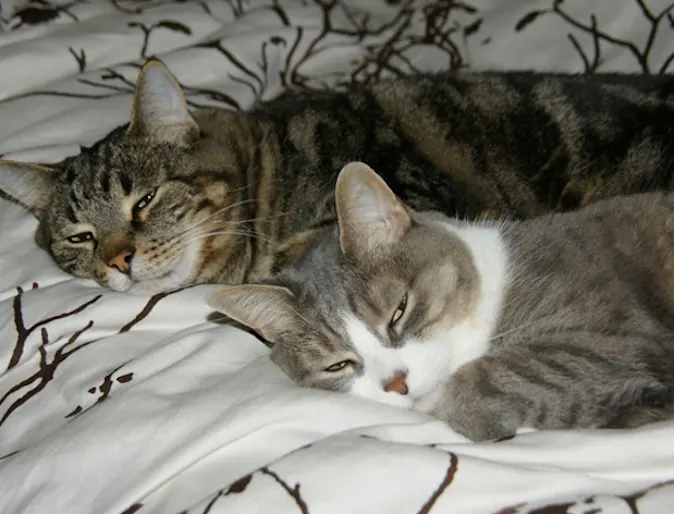
Services
Learn more about Martindale Animal Clinic
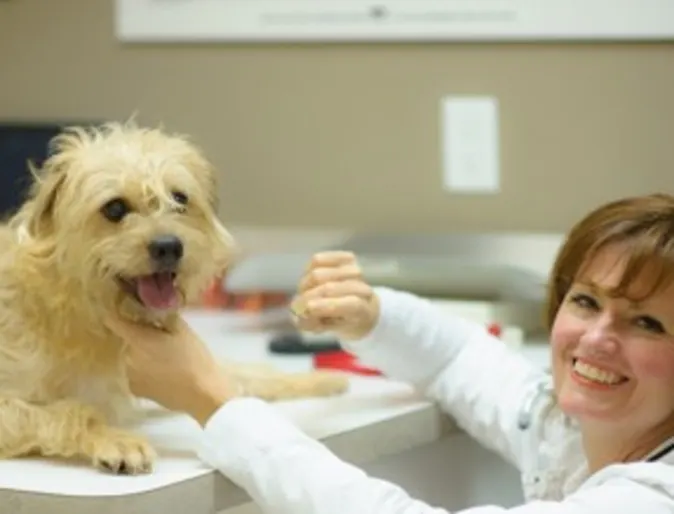
About Us
Learn more about Martindale Animal Clinic

Contact Us
If you have any questions, feel free to contact us
Our Clinic
We love all the cats, dogs, rabbits and animals that we treat, and we're truly concerned with the quality of the life they live.


